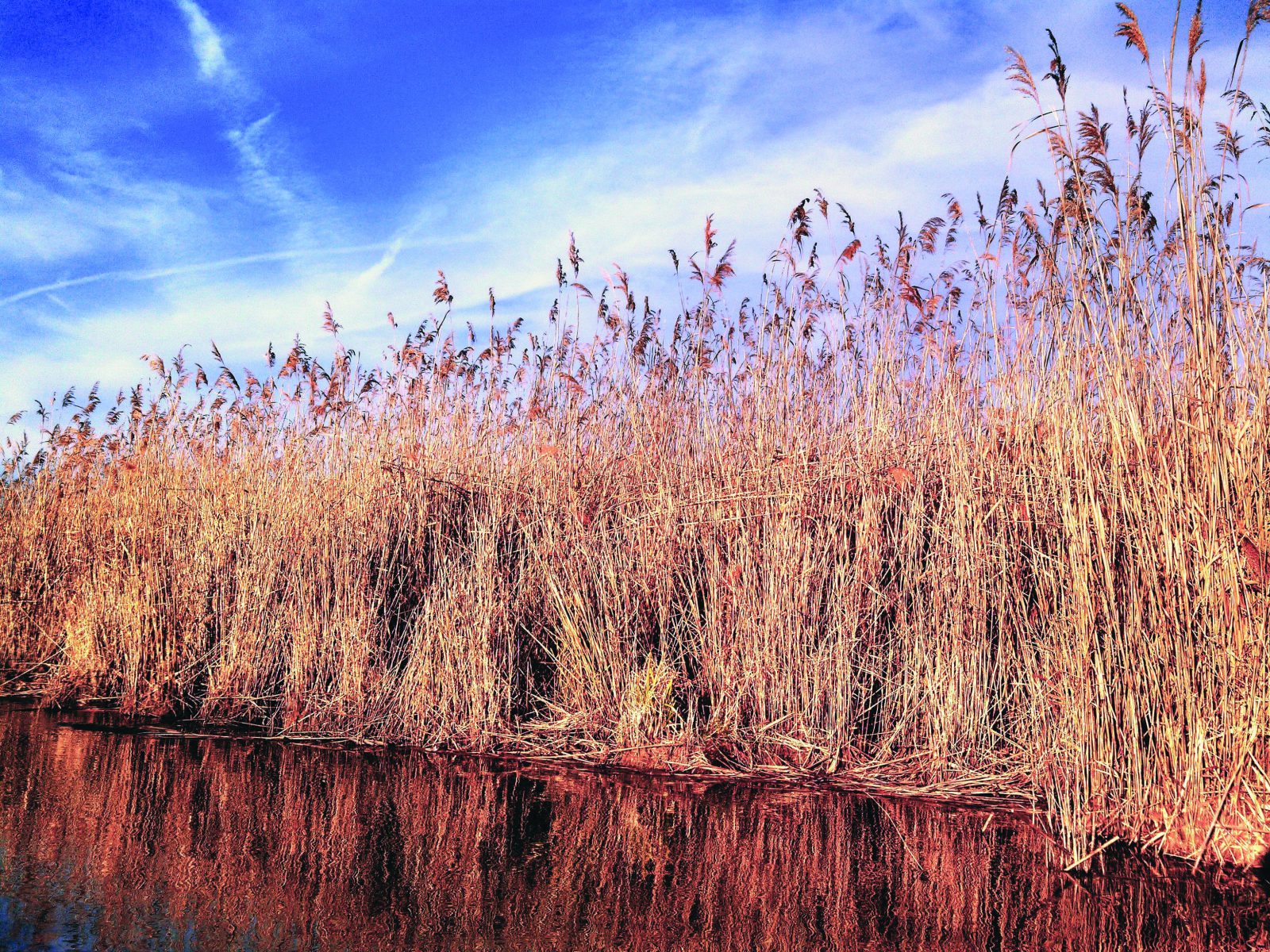
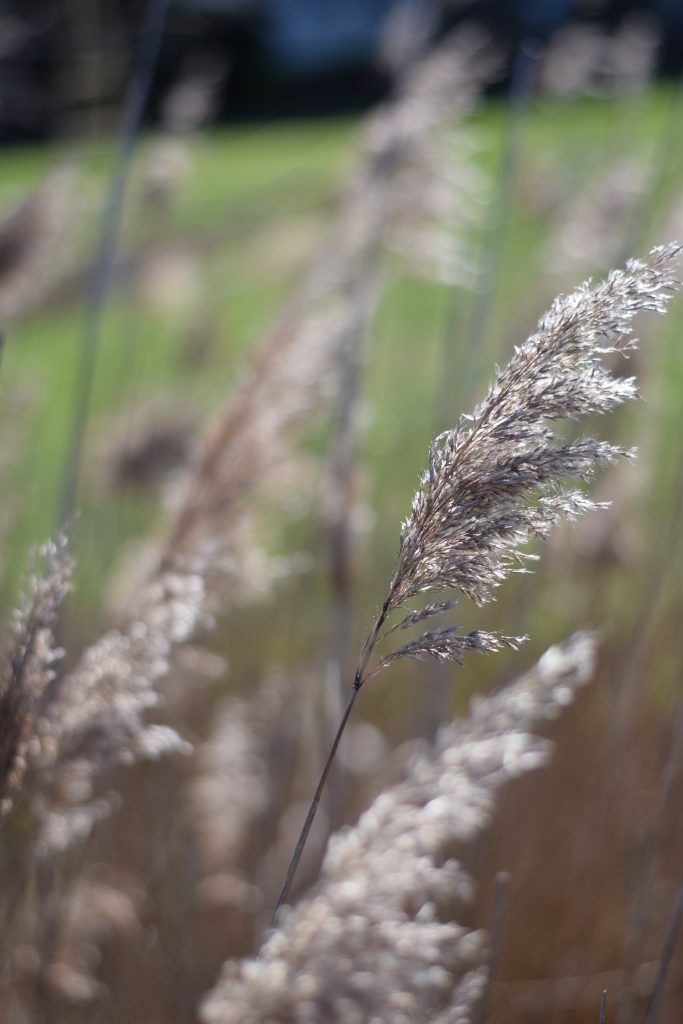
Clearing Common Reeds From Your Waterbody
Phragmites australis, known as Phragmites or common reed, are non-native, invasive plants. Invasive species can dominate the land by out-competing surrounding native vegetation, blocking waterways, impairing water quality, and hindering recreational activities. In most cases, the spread of invasive species is the result of human activity, but can also be spread by wildlife. Controlling Phragmites is a multi-year endeavor and can be extremely difficult without the experience and guidance of a professional. When it comes to common reeds, an integrated management strategy that incorporates herbicide applications and mechanical techniques is recommended to get rid of Phragmites and restore the native habitat.
Identifying Phragmites in Lakes and Ponds
Phragmites australis were introduced to North America in the late 19th century. Since then, it has spread aggressively across wetlands and shorelines, posing challenges to native ecosystems. Phragmites have tall, slender stalks that can grow up to 15 feet in height, topped with feathery flower heads. Unlike native grasses, the stems of Phragmites are sturdy and can create dense stands that alter the habitat and disrupt the ecosystem. The problems they cause in ponds can be significant for property owners, as they can diminish water flow and obstruct recreational activities like boating and fishing. They can also out-compete native vegetation, leading to reduced biodiversity. In addition, the dense root systems can degrade water quality by increasing sedimentation and limiting the growth of beneficial aquatic plants.
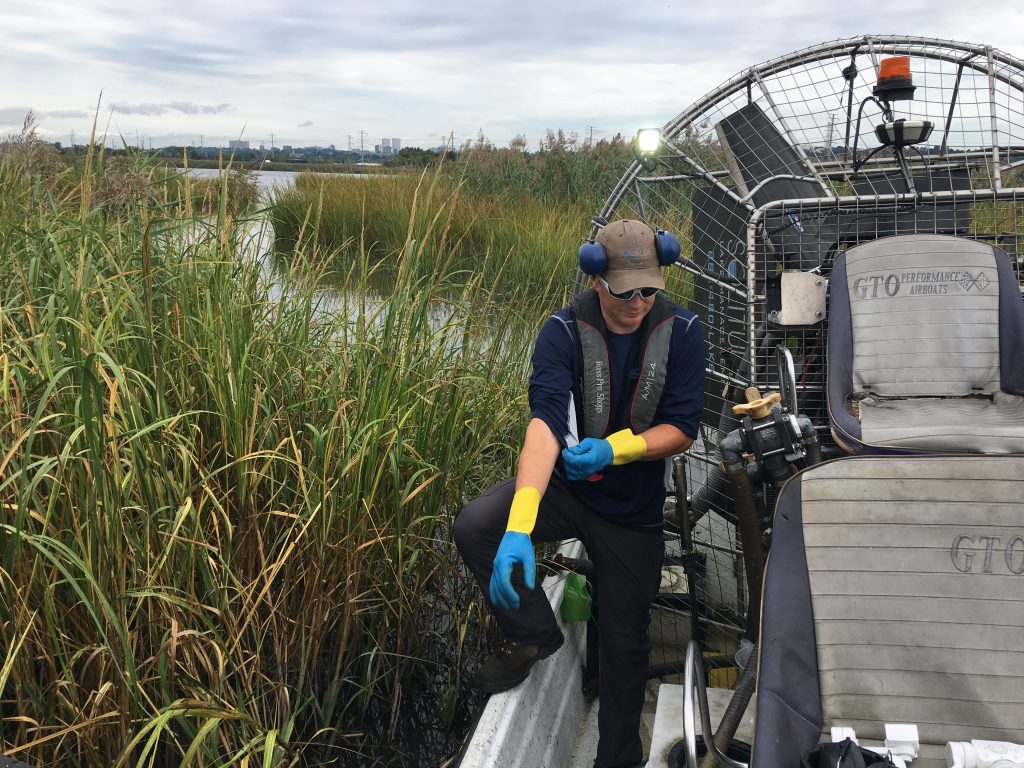
Techniques to Remove Phragmites
Knowing how to get rid of phragmites can be difficult. A professional evaluation measuring the extent of growth, native plant assemblage, and general terrain is the first step in devising a treatment plan that best meets the needs of the native environment. Consulting with a wetland management professional is critical to ensure necessary permit applications are prepared, and the most effective tools and strategies are utilized to safely target the invasive growth.
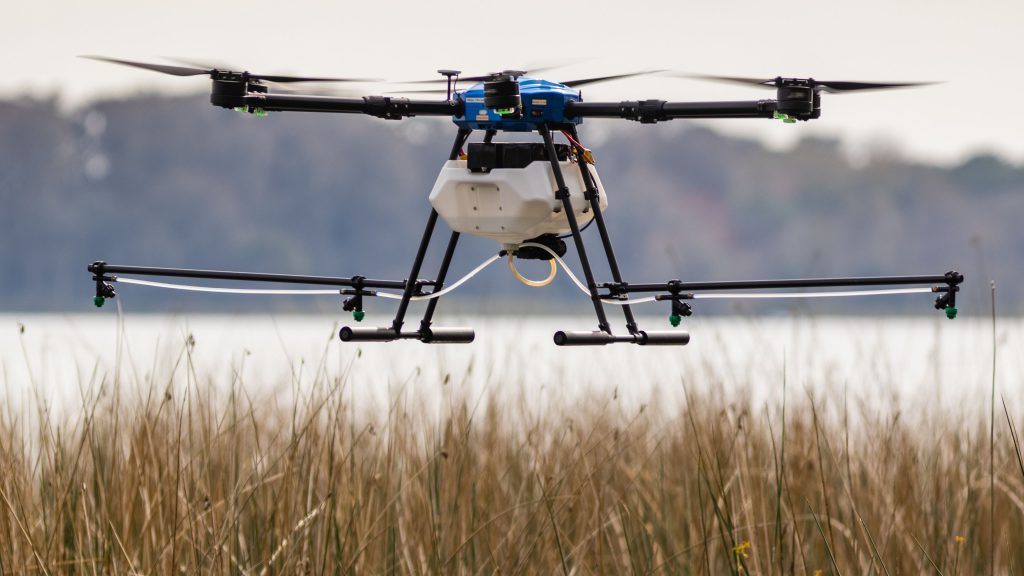
Herbicide Application
Herbicide treatments are often the most effective means of achieving long-term eradication. Common reeds can spread aggressively and take years to fully control. Herbicide treatments should be area-specific based on your property’s unique characteristics. Low-ground pressure vehicles and advanced drone technology are often used by professionals to access the remote and sensitive areas of a wetland. While treatment during the fall is typically preferred and most effective, it can be performed from mid-to-late June through October depending on where the waterbody is located.
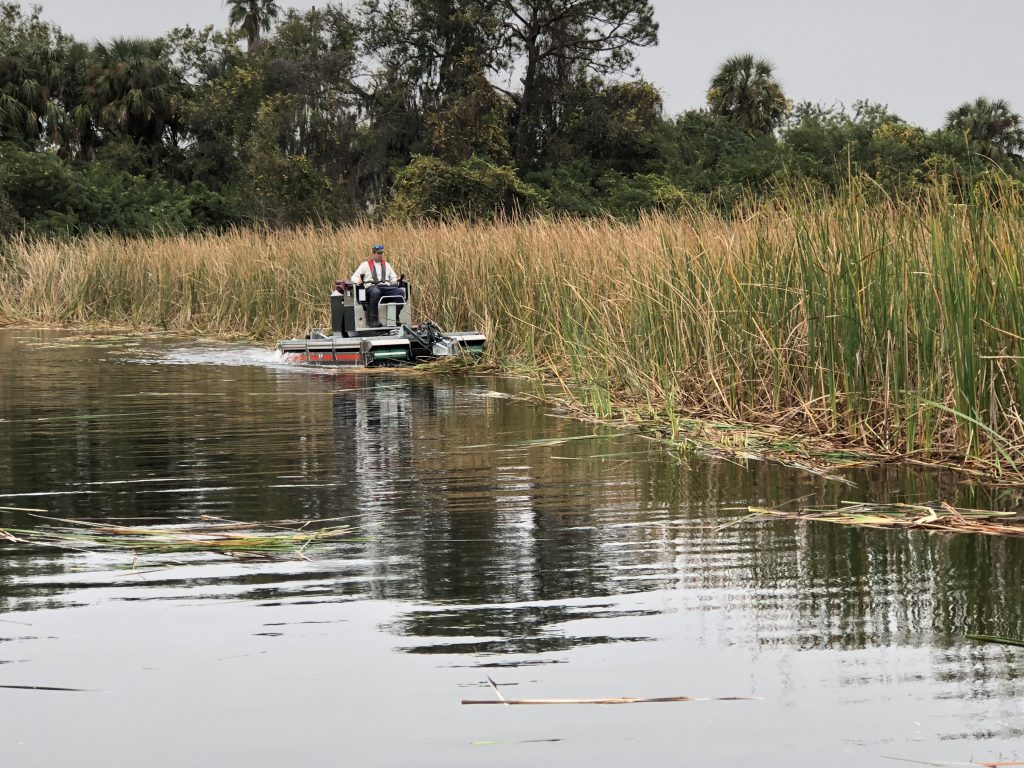
Physical Removal
Mechanical removal techniques are often used in conjunction with herbicide treatments. This method directly targets the plant’s extensive root system, which disrupts its growth cycle and reduces its ability to photosynthesize and store energy. Removal of the dead stalks can be accomplished by cutting, burning, and hand-pulling. Because the rhizomes, which are an integral part of the plant’s root system, are located underground, these efforts will likely be required over the course of 3-5 years to fully establish control.
Common Reed Prevention and Protection
Despite advanced technology and equipment, controlling invasive species takes time. A successful Phragmites control plan can take up to five years of annual management. The single most important step of an ongoing management program is prevention. Having your site inspected regularly will allow nuisance species to be identified early on, allowing your wetland management professional the opportunity to eliminate them before they spread.
When you partner with SOLitude, our aquatic experts will establish a treatment plan that meets the unique needs of your lake or pond. Continuous monitoring and water quality testing will help ensure your waterboy is on the right track to a healthy, thriving ecosystem. Contact SOLitude today to regain control of your waterbody!
Sustainable Lake & Pond Management
SOLitude Lake Management is a nationwide environmental firm committed to providing sustainable solutions that improve water quality, enhance beauty, preserve natural resources and reduce our environmental footprint. SOLitude’s team of aquatic resource management professionals specializes in the development and execution of customized lake, pond, wetland and fisheries management programs that include water quality testing and restoration, nutrient remediation, algae and aquatic weed control, installation and maintenance of fountains and aeration systems, bathymetry, mechanical harvesting and hydro-raking, lake vegetation studies, biological assessments, habitat evaluations, and invasive species management. Services and educational resources are available to clients nationwide, including homeowners associations, multi-family and apartment communities, golf courses, commercial developments, ranches, private landowners, reservoirs, recreational and public lakes, municipalities, drinking water authorities, parks, and state and federal agencies. SOLitude Lake Management is a proud member of the Rentokil Steritech family of companies in North America.









